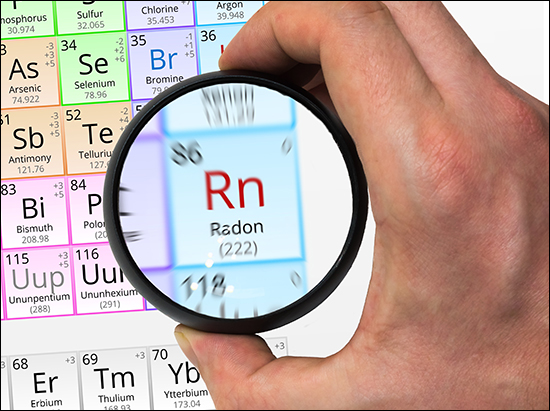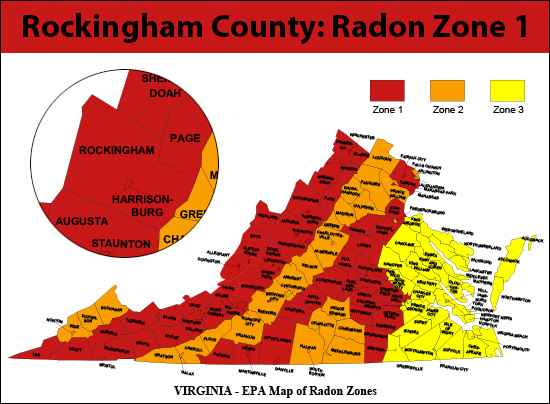Brought to you by Scott P. Rogers, Funkhouser Real Estate Group, 540-578-0102, scott@HarrisonburgHousingToday.com
Brought to you by Scott P. Rogers, Funkhouser Real Estate Group, 540-578-0102, scott@HarrisonburgHousingToday.com
Monday, May 3, 2021

Radon is a colorless, odorless gas that can cause cancer -- in fact, it is the second leading cause of lung cancer after cigarette smoking! Radon quickly disperses in air, reducing its danger, but if it accumulates in a basement or other living space, it can be quite problematic.
As you'll see on the map that I have included below, Rockingham County is in Zone 1 -- which means we are in an area that is likely to have high radon levels.
I typically always recommend that buyers who are buying a home with a basement test for radon during the home buying process. Furthermore, sellers should expect that if a buyer discovers high radon levels that the buyer will request a radon mitigation system be installed.
But we find ourselves in an unusual market right now with a tremendous amount of competition amongst buyers and often times buyers are reconsidering which contingencies to add to their offers.
I have never seen a home with a high radon level where a radon mitigation system cannot cure the issue. Radon mitigation systems typically cost between $1500 and $2000 to install. Thus, in the current market, some buyers might want to consider not including a radon test contingency in their offer and not testing for radon during the home purchase transaction and instead conducting a radon test after they close on their home purchase and installing a radon mitigation system at that time if needed.
Just a thought, given current market dynamics.
Feel free to chat further with a radon mitigation specialist about all of this to best inform your decisions.
Here's the map...

Here's some further info from the EPA about radon...
Radon is a radioactive gas that comes from the natural breakdown of uranium in soil, rock and water and gets into the air you breathe. Radon typically moves up through the ground to the air above and into your home through cracks and other holes in the foundation. Radon can also enter your home through well water. Your home can trap radon inside.
Any home can have a radon problem. This means new and old homes, well-sealed and drafty homes, and homes with or without basements. In fact, you and your family are most likely to get your greatest radiation exposure at home. That is where you spend most of your time.
Nearly 1 out of every 15 homes in the United States is estimated to have an elevated radon level (4 pCi/L or more).
Learn more about radon and real estate here.
